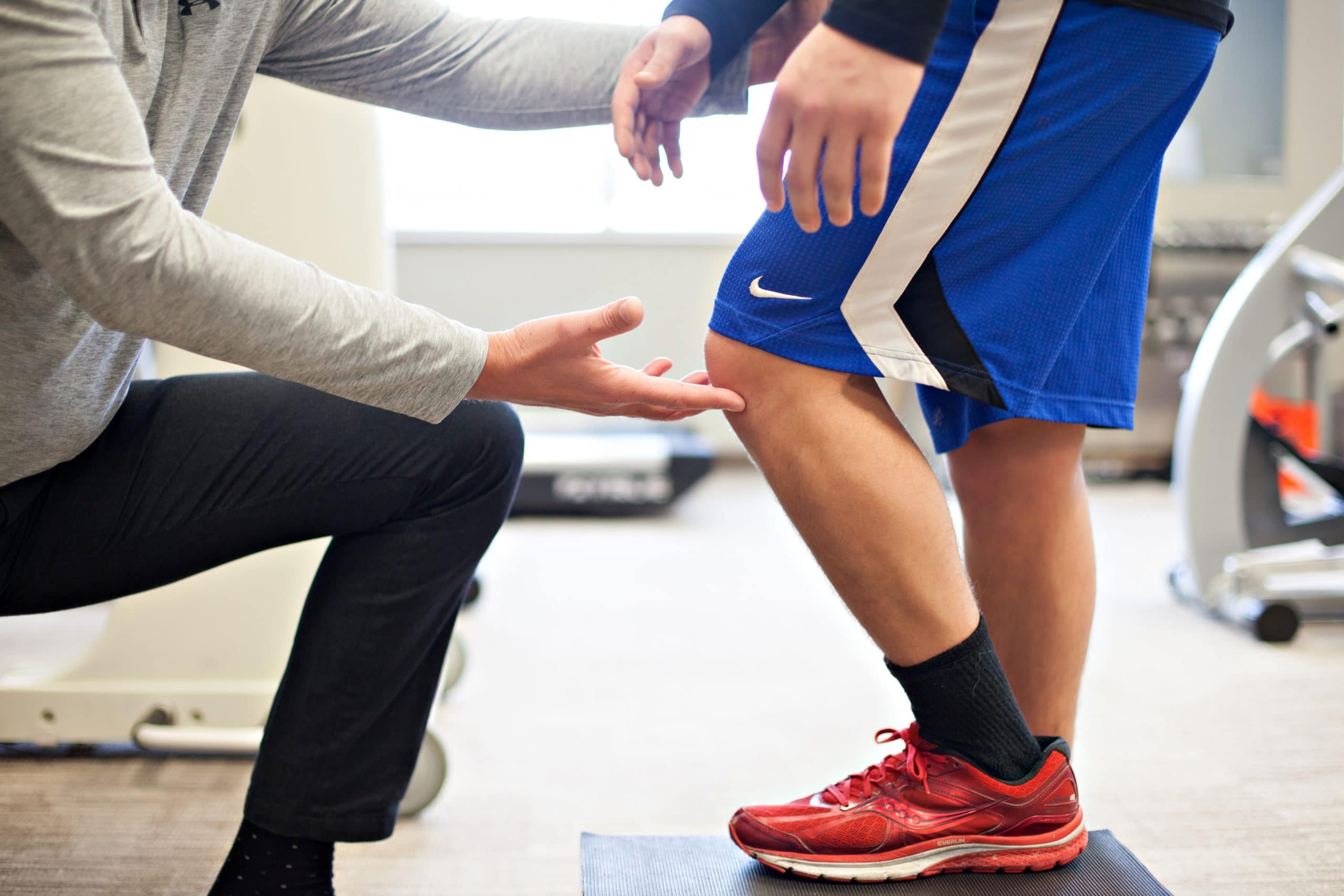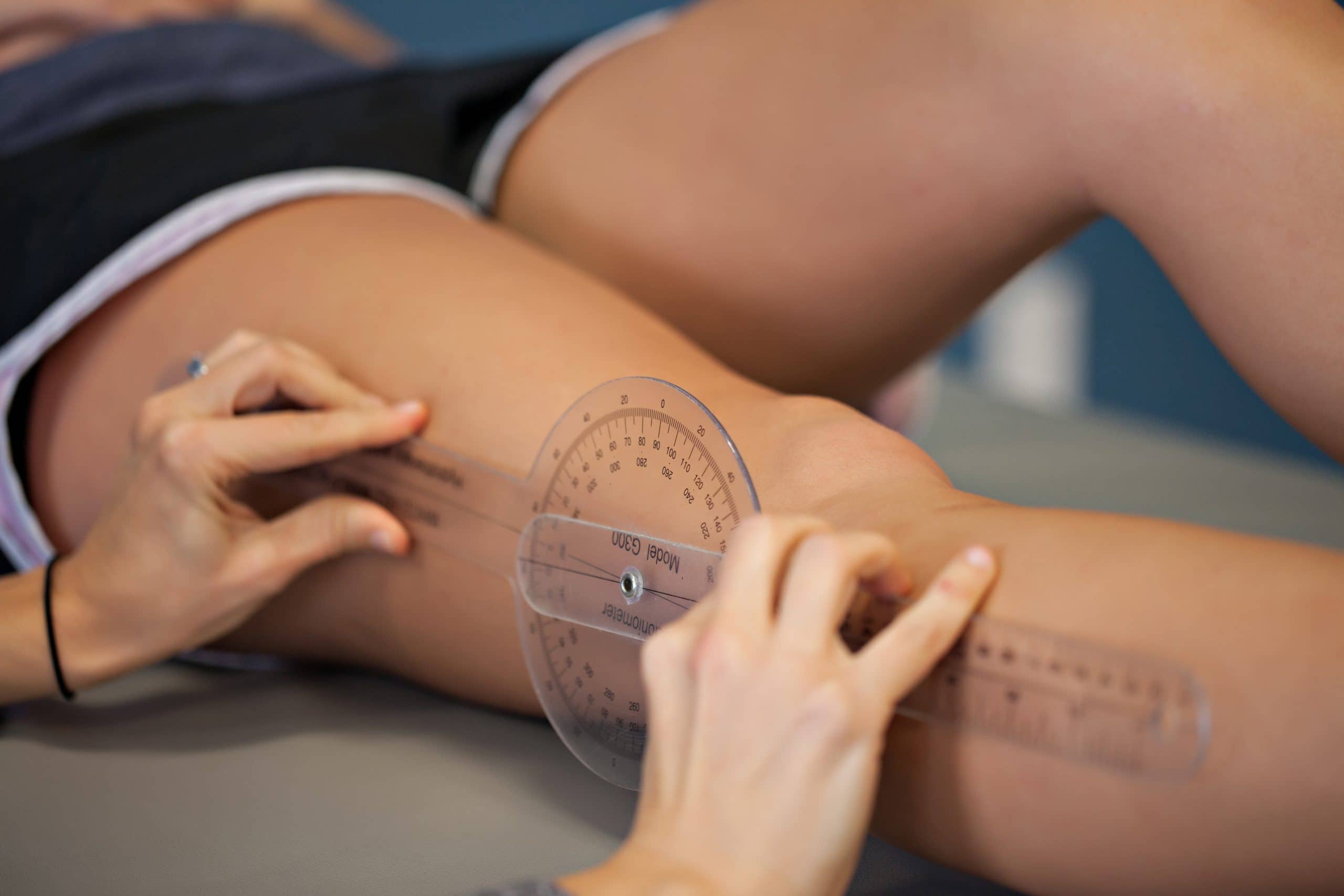All About TKA

First off, does anyone know what TKA stands for?
TKA stands for Total Knee Arthroplasty, also known as Total Knee Replacement. TKA is a surgical procedure to replace parts of your knee joint with artificial parts, and it happens to be one of the most successful procedures in medicine.
The first knee replacement was in 1968, and since then the knee has become the most commonly replaced joint in the body! Surprisingly, the demand for TKA is coming from the younger generations, rather than the older generations, and this is due to the presence of osteoarthritis (OA).
Osteoarthritis is the degeneration of joint cartilage and the underlying bone, and it causes pain and stiffness in the joints. There are strong links between knee osteoarthritis and people with high body mass indexes.
A successful total knee replacement typically results in less pain, improved mobility and a higher quality of life. In many cases individuals are able to return to normal daily activities, recreational hobbies, and work with less pain. Prior to surgery they may have had to stop these activities all together.
How Can a Physical Therapist Help?
A physical therapist is an integral part of the team who will help patients during their recovery process. TKA patients work with a physical therapist to regain movement and function and return to daily activities. Your physical therapist can help you prepare for and recover from surgery and develop an individualized program to get you moving again safely.
Before surgery, your physical therapist may:
- Teach you exercises to improve the strength and flexibility of the knee joint and surrounding muscles.
- Demonstrate how you will walk after your operation and prepare you for the use of an assistive device, such as a walker.
- Discuss precautions and home adaptations with you prior to surgery, as it is always easier to make these modifications before you have TKA surgery.

After surgery, your physical therapist will customize a treatment plan for range-of-motion exercises, progression of strengthening exercises, balance training, functional training, and activity-specific training to address your goals.
It is very important to protect your knee replacement! A few ways to do this are: participate regularly in light exercise programs to maintain strength and mobility of your new knee, take special precautions to avoid falls and injuries, and avoid high-impact sports such as running and sports that involve heavy contact.
Fast Facts about Total Knee Arthroscopy:
* There are approximately 700,000 knee replacement procedures performed in the US annually.
*By year 2030 it is projected to increase to over 3 million per year.
*Nearly half the patients receiving knee replacements are 65 years of age or younger.
*63% of the patients who receive a total knee replacement are women in the United States.
*Total knee replacement surgeries are far more common in the South than any other region.
*By 2030 it is estimated that over 67 million Americans are going to suffer from some form of osteoarthritis
If you or someone you love is considering a knee replacement, reach out to one of our 14 locations to schedule a free consultation.
